Dancing Through Pain: The Truth Behind Injury
How do I relieve back pain? How do I stop my hip clicking? How to heal knee pain? - All common queries frantically bashed into the google search bar by desperate dancers looking for a quick fix solution to that niggle that just keeps coming back, that persistent pain that is becoming harder to ignore. Refusing to accept the label injured, many dancers push beyond pain, rationalising borderline reckless behavior with common motifs like ‘no pain, no gain’ and ‘pain is just weakness leaving the body’.
It’s likely you yourself are familiar with injury or know someone who is. Perhaps you have also clung steadfast to the mind over matter mentality when it really did matter…
In this blog, we discuss the physical and psychological impact of injuries as we attempt to address the stigma that fosters the unhealthy boom-bust cycle dancers know all too well.
Common Dance Injuries
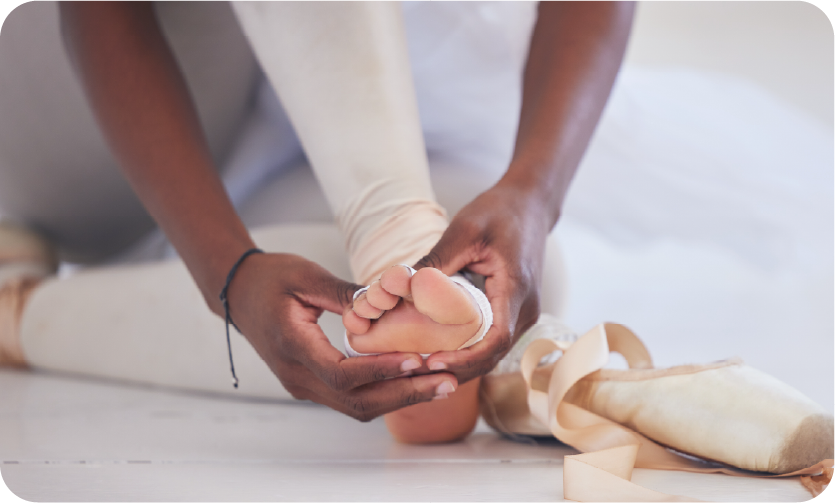
Between 2018 and 2023, a staggering 75.6% of the Paris Opera Ballet sustained a lower limb injury according to a study published in the National Library of Medicine. In addition to proving the presence of injuries in the profession (should anyone be in denial), the study also demonstrates the prevalence of such with the majority being foot injuries. Common injuries such as plantar fasciitis, achilles tendonitis, ACL tears and snapping hip syndrome are endured by many aspiring dancers and often onset by a combination of overuse, extreme flexibility, inadequate strength training and poor recovery. The study is one of many to evidence the need for a structured complementary training program.
Injury on the Mind
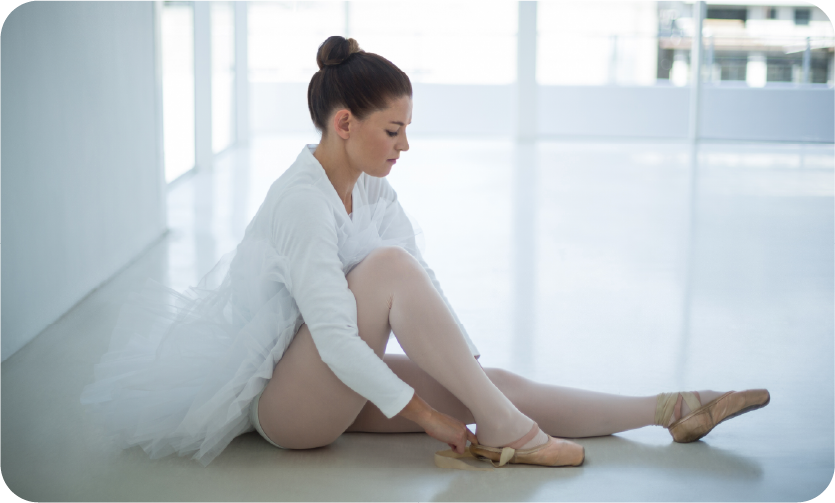
A subtler but perhaps more viscous aspect of injury is the psychological toll it can take on a dancer. Many dancers can feel lost, depressed or even hopeless, contemplating who they are now that they cannot dance or at least cannot move in the same manner in which they once did. A further stress is added for freelance dancers or those working without health insurance as being injured could impact their financial stability should they not have protections in place. Understanding the gravity of these feelings and the fear that now overwhelms these dancers is key to nurturing not only their bodies but their minds back to health.
When I myself was injured, l found myself increasingly isolated (not by any fault of my colleagues) but by the fact that it was difficult to get to and from work. I also found the idea of watching something I was unable to perform myself thoroughly upsetting and so spent most of my time off work in solitude growing increasingly resentful towards those that could do what I loved. I was endlessly fearful and dejected, struggling to find the positives in watching my colleagues band together for performances I would previously have been in, yet all the while maintaining an impression of motivation and gratitude on my social media. I was not short of perseverance but still needed constant reassurance that I would recover fully and was frustrated by those preaching I would one day be thankful for this period in my life. Looking back, I am not sure whether I am grateful for the pain I endured, but I am certainly appreciative of the knowledge, mental strength and compassion I gained as a result.
The Road to Recovery
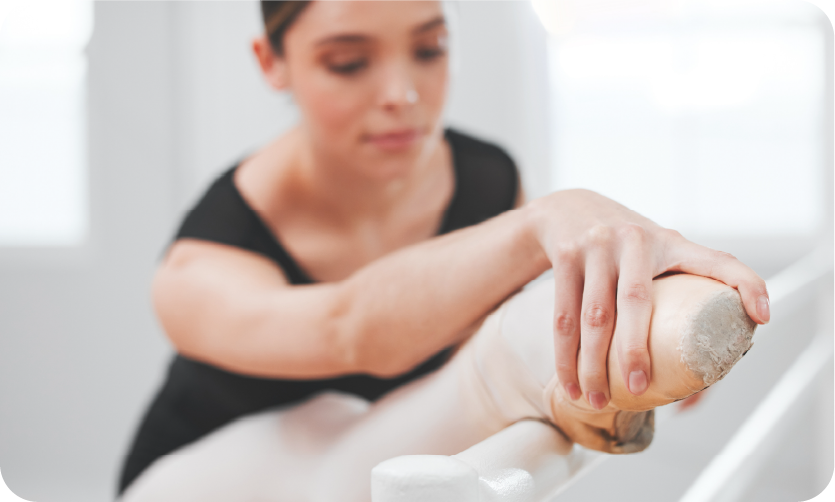
Fortunately, it’s not all doom and gloom and lots can be done to support dancers through the recovery process. Understanding how and why an injury arose in the first place can be a truly empowering discovery for many dancers trapped in a tedious cycle of trial and error.
So what can be done? First, one must seek not only to relieve the pain but to address its cause. More often than not, injuries are caused by muscular imbalances, poor postural alignment and mobility issues. While the first two causes are generally understood by professional dancers, the latter is often overlooked with many mistaking mobility for flexibility. This conflation could be a concern for professionals as overstretching, in an attempt to relax the muscle and ease pain, may exacerbate some conditions such as tendonitis and nerve inflammation. Dancers should instead focus on improving their mobility but what does that mean in practice?
Mobility
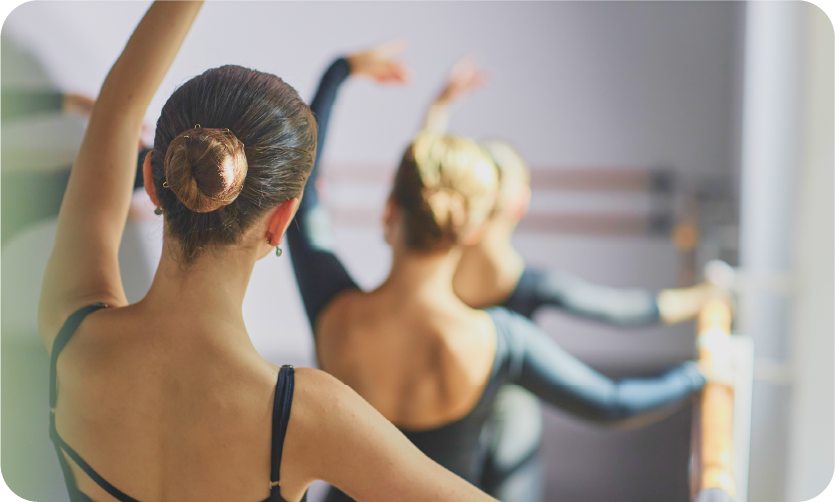
Mobility, according to the Cambridge dictionary, refers to one’s ability to move freely. In dancer terms this can be understood as a person’s ability to control their movement through a full range of motion. Mobility requires flexibility, strength and stability and is arguably the foundation of rehabilitation if not the cornerstone of healthy practice. In order to achieve such control, dancers must train both their proprioception and mind-muscle connection, practicing each movement until it becomes second nature.
Although it may feel frustrating, dancers should be encouraged to start with slow, simple muscle activation exercises to restore/promote mind-muscle connection. Exercises incorporating equipment such as bands and balls are an excellent way to bring awareness to the working muscles while challenging the dancers stability. Once confident and competent, dancers can progress, under the guidance of a professional, to isometric exercises (contracting the muscles to maintain a static position) before moving to negative training (eccentric contractions) and finally concentric and explosive training.
Preventing Injuries with PBT
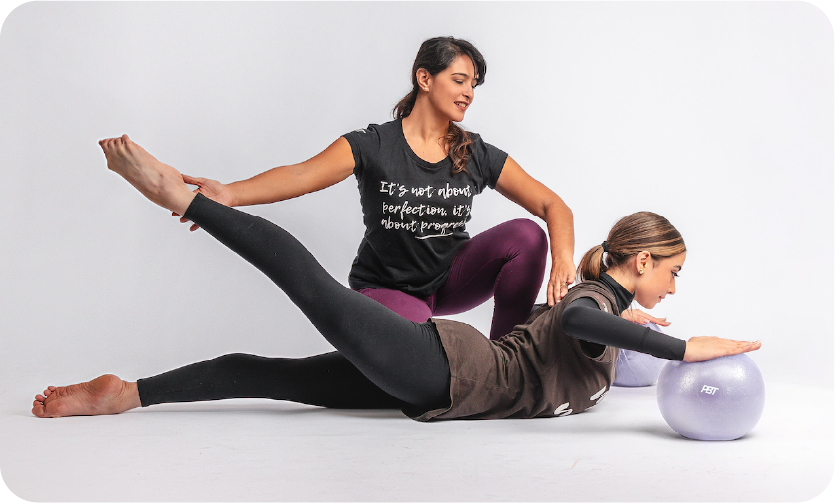
PBT exercises are designed to cater to dancers at every stage of their training. Expertly designed classes support dancers in correcting their alignment, enhancing their posture and training their control, ensuring that they have the knowledge and support needed to regain their strength and master their technique pre and post injury.
We are proud to have fostered a community of talented, hardworking individuals from all over the world with dancers from Dutch National Ballet, the Australian Ballet, Houston Ballet and Staatsballett Berlin spotlighting PBT as a driving force in injury prevention and rehabilitation. The brilliance of Progressing Ballet Technique is further evidenced in the speedy recovery of our founder Marie Walton-Mahon who used the technique to accelerate her own return to health following a severe bike accident.
Trusting in the power of PBT we continue to provide essential support and guidance to dancers of all ages both in-person and online, offering crucial complementary training in our effort to foster a generation of healthy and strong dancers.
Sign up to our newsletter
Receive tips, news and advice.